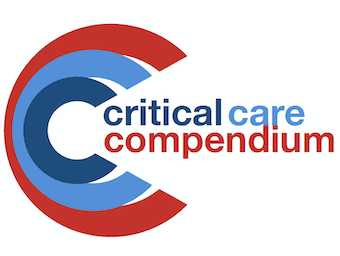
Blind Digital Intubation
Digital intubation allows intubation to be performed without a laryngoscope or a view of the larynx; may be performed with or without a bougie

Digital intubation allows intubation to be performed without a laryngoscope or a view of the larynx; may be performed with or without a bougie


Awake Intubation can be performed using direct or video laryngoscopy or using a fiberoptic scope, and various methods of topicalisation/ local anaesthesia are described

Angioedema is a clinical diagnosis characterized by the abrupt onset of non-pitting, non-pruritic swelling that involves the reticular dermis, subcutaneous, and submucosal layers

Airway Literature Summaries

Airway in Neck Trauma: potentially a life-threatening emergency with a difficult airway, need to assess rapidly and get help early

VAPOURS is a mnemonic that can be used to ensure that life threats during the emergency peri-intubation period are addressed (a Levitanism, but with anglicised spelling!)

Maxillofacial trauma directly impacts on the airway resulting in compromise and hindering attempts to secure the airway delays in securing the airway may lead to morbidity and mortality

This page is currently under revision OVERVIEW The goal of airway assessment is to identify patients who may have difficult airways, mandating alternate approaches to airway management “History predicts the future” – whenever possible identify: Airway assessment and prediction of…

Adverse effects of Endotracheal Intubation. Can be classified anatomically or into immediate, short and long term complications.

The ‘sniffing the morning breeze position’, better termed ‘ear-to-sternal notch’ positioning, is a combination of atlanto-occipital extension and neck flexion (neck flexion of 35° and face plane extension of 15° is cited as ideal) and is considered optimal for direct laryngoscopy

Surgical Cricothyroidotomy; open procedure performed to secure the airway via an incision in the cricothyroid membrane - aka emergency surgical airway (ESA)